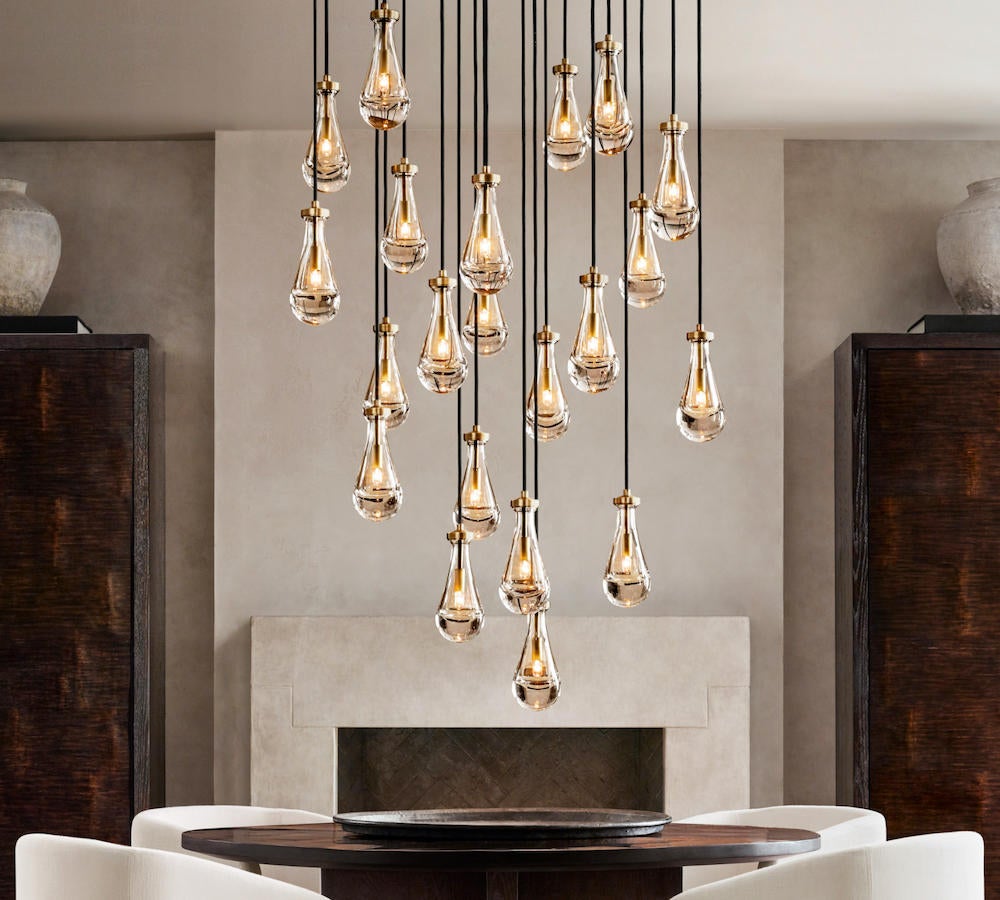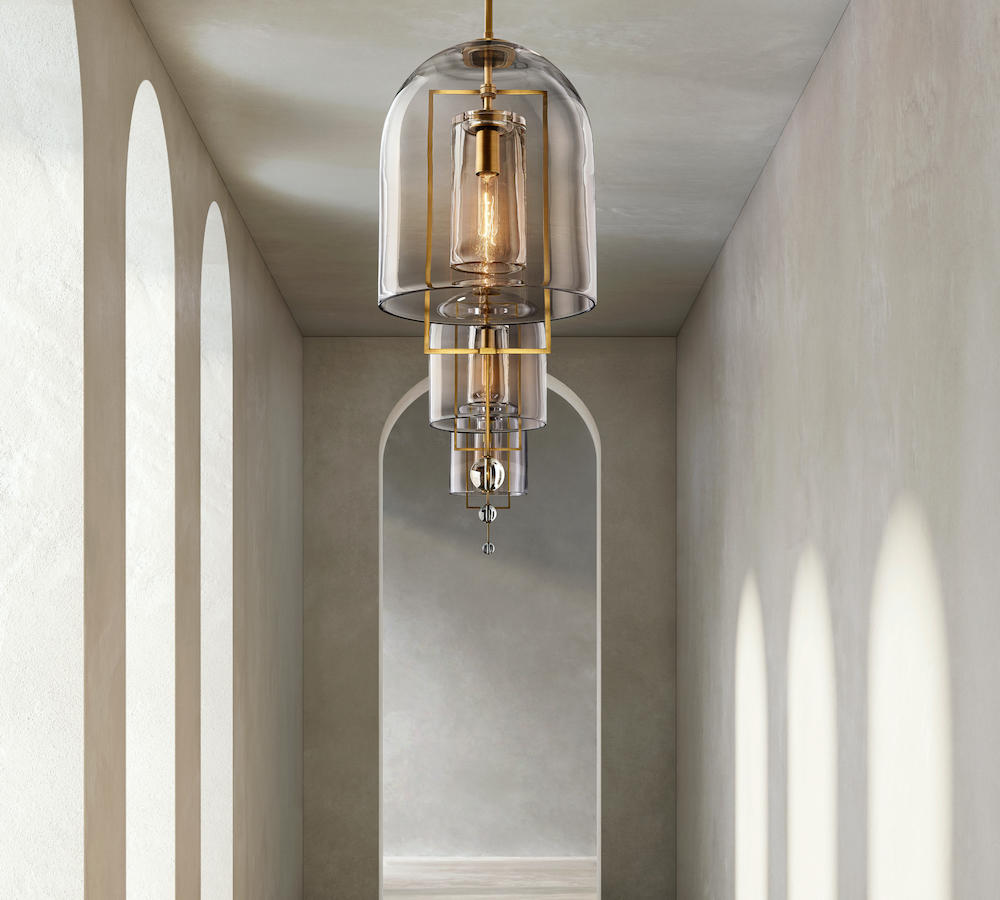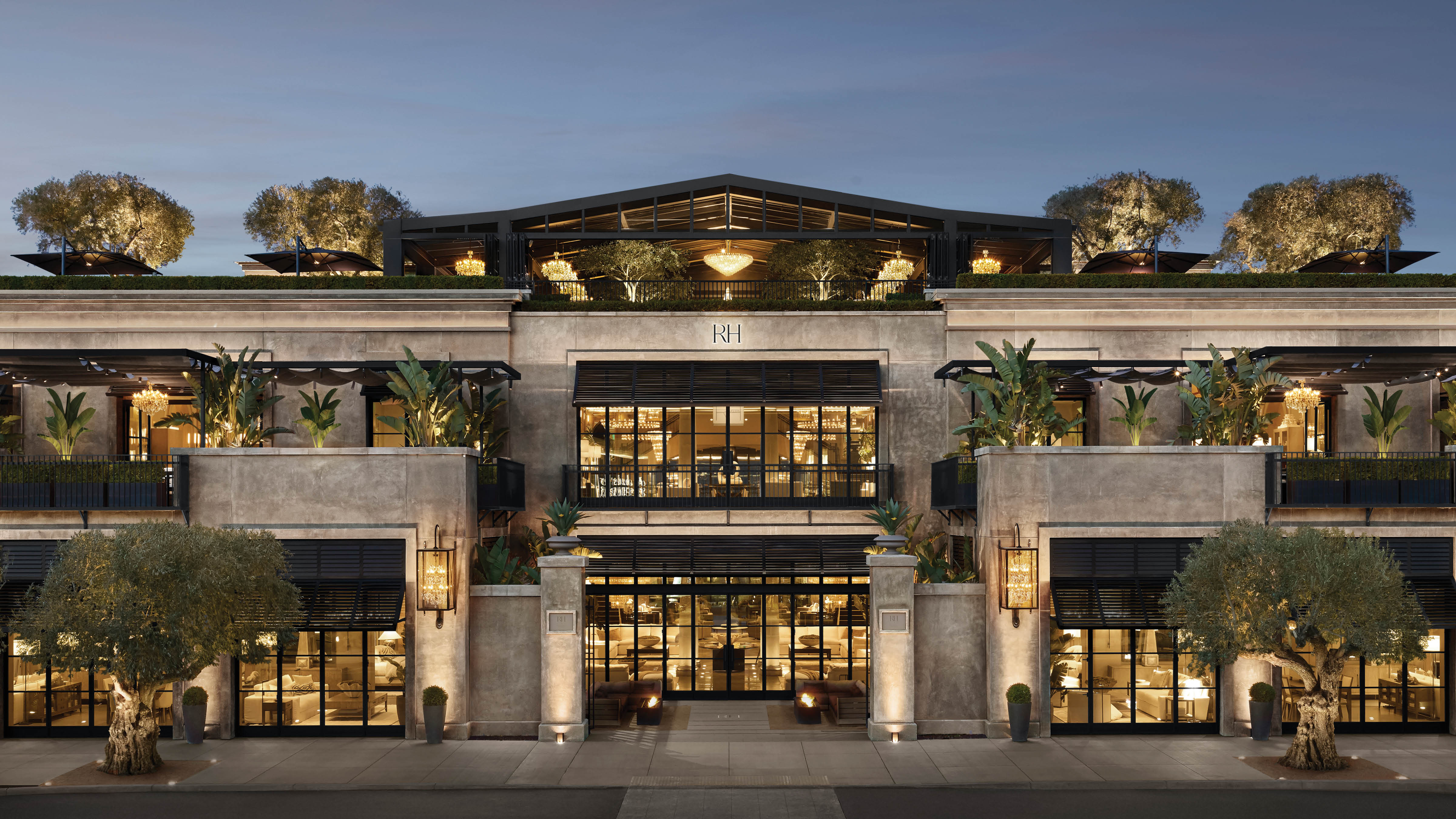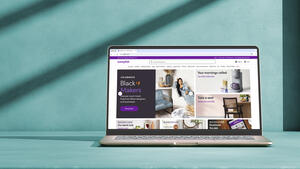There’s a maxim on Wall Street: When all the good news is out there, it’s time to take profits. So when RH delivered its third-quarter earnings last week, announcing that sales in that period had risen by nearly 25 percent to $844 million and that its adjusted net income had jumped to $166 million, traders thought about it overnight and sold heavily the next morning. Their selling shaved nearly 10 percent off of RH’s share price in the days that followed.
RH shares have been on a tear since bottoming in March, rallying nearly 500 percent from their lows of the year. The company’s market capitalization is now just shy of $9 billion dollars, so perhaps a pause in the run-up was due.
Company chairman and CEO Gary Friedman seemed to have a feeling that traders in his company’s shares might be getting restless: On his quarterly call with analysts after the earnings were announced, he admonished them not to buy his stock. “It’s going to get overvalued and undervalued and you are going to not sleep a lot at night,” he said of the company’s shares. But if you are an investor taking a long-term view, he went on to say, “it’s one of the best places to put capital.”
He then proceeded to outline his own long-term view and RH’s plans for the post-COVID utopia he refers to as “The World of RH.”
In this world, it’s all about elevating people’s perception of the brand. He pointed to RH3, the company’s luxury yacht—available to charter in the Caribbean or Mediterranean—as a perfect example. “It’s not about how many people are going to be on the yacht,” he began. “It’s about how many people are going to appreciate the design, the creativity, the taste and style of the yacht, and how many people are going to be aware of it and talk about it.”
Generating conversation is the ultimate goal: “Others are spending money for their online marketing campaigns ... that no one will ever talk about, whereas we mention we’ve got a yacht and lots of people are talking about it. It’s a brand elevator.”
Elevating RH’s brand means continuing to bring on design partners that once only produced products sold to interior designers. He touted his latest partnership with the lighting designer Alison Berger—and noted that she used to sell exclusively through Holly Hunt. “Holly Hunt has been known as the best high-end interior design showroom in the United States,” he added. (In addition to her new line with RH, Berger still sells bespoke lighting through Holly Hunt showrooms.)


Friedman then moved on to his plans for a dramatic expansion of the RH outdoor furniture collection. Discouraged by the dearth of high-end, consumer-facing outdoor furniture stores, he seems to have decided to lean heavily into becoming one himself. (All those rooftop restaurants—with more on the way—are just calling out for inspiring teak furniture among the olive trees and illuminated fountains.) It is a category that has seen rapid sales growth in 2020, and Friedman said that a vast new RH Outdoor collection will be coming in the spring to meet the surge in demand. No doubt David Sutherland, another go-to RH partner from the trade-only world, will have a hand.
Friedman’s frustrations are not limited to the meager outdoor furniture offerings out there; they extend to what he perceives to be a lack of good architecture, landscaping and interior design, as well. He mused for a moment about buying up one of the big home builders out there and “infusing them with great taste.” Perhaps realizing he had said the words out loud to a group of analysts, he quickly walked it back: “I’m not saying we are going to do that.”
But it spoke to one of the foundations that is being built at RH—architecture, landscape architecture, and interior design services all under one RH roof. Sure enough, unable to stop himself, Friedman blurted out his plan for the first stand-alone office offering all of those services, right in the heart of the San Francisco Design District. “Exactly when we start, I’m not sure yet—but now that I have said it, it’s like we are committed to it, right?” he said. “We have been talking about it, but now we are committed. So it will happen.”
For Friedman, the stores are already a way of demonstrating the prowess of RH’s internal architecture and design teams. “I think today we must be the biggest residential interior design firm in North America,” he said. “If all of a sudden we become the architect for people’s homes, you are just going to sell them a lot more furniture and lighting and accessories and bath hardware—all the things we sell.”
A World of RH, it would seem, has few limits and lots of momentum. Traders might be catching their breath from the recent run-up, but the Wall Street analyst community got off that call with a newfound ebullience. Several of them raised their price targets for RH shares the next morning; one went so far as to call the company “one of the most compelling stories in all of retail.” And so far, not even COVID can dampen the enthusiasm for its giant galleries, its rooftop restaurants and its tightly formulated product mix, which continue to be the greatest competition for design centers—and for designers.
Homepage photo: RH Marin, which opened in July 2020 | Courtesy of RH
____________
Dennis Scully is the host of the weekly BOH podcast, where he explores the changes and challenges facing the interior design community through interviews with industry thought leaders, entrepreneurs and creatives. Scully was previously a business development consultant for major trade brands, and has held sales and marketing roles at Domino, Waterworks and Twill Textiles. In his Market Watch columns, Scully calls upon his background as an analyst and longtime securities trader as he explores the ins and outs of the home industry’s publicly traded businesses.




























